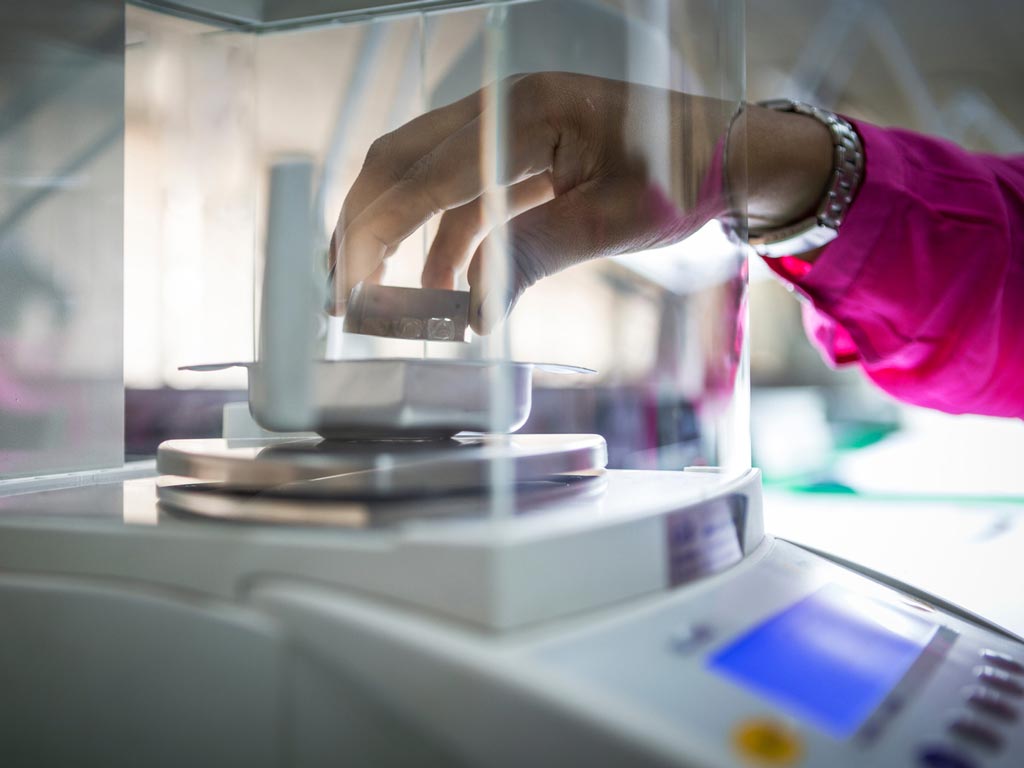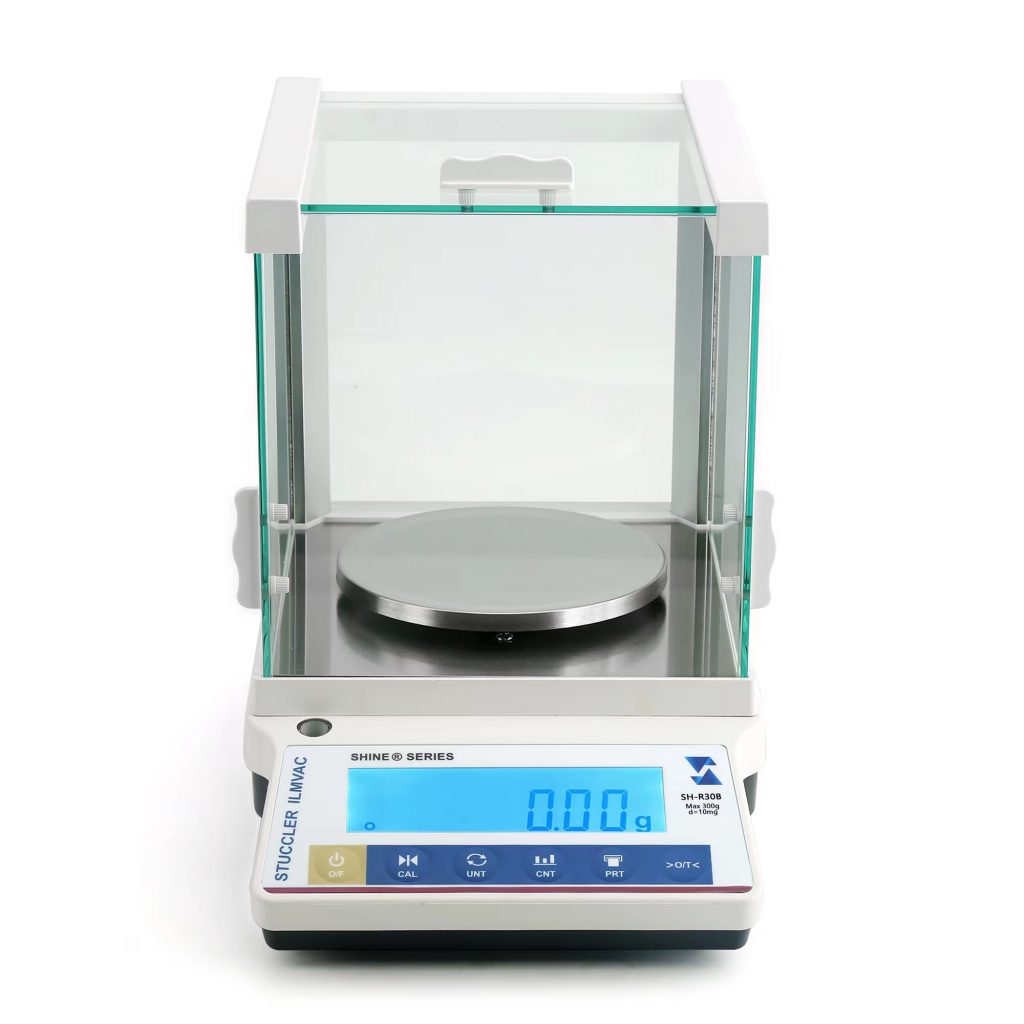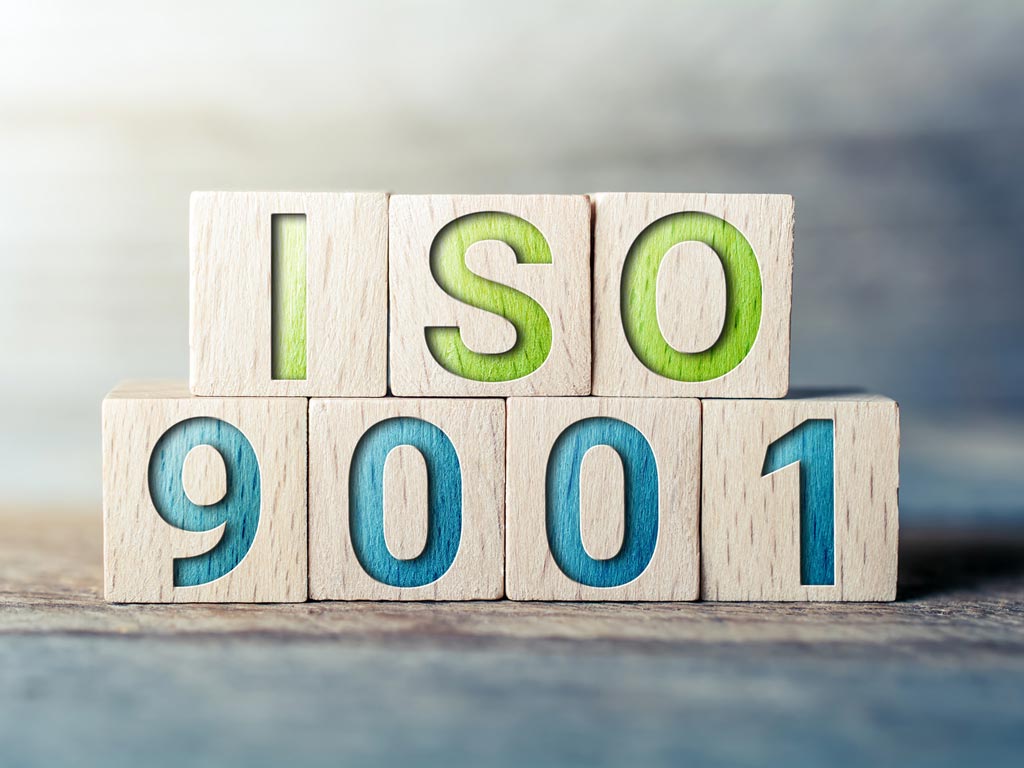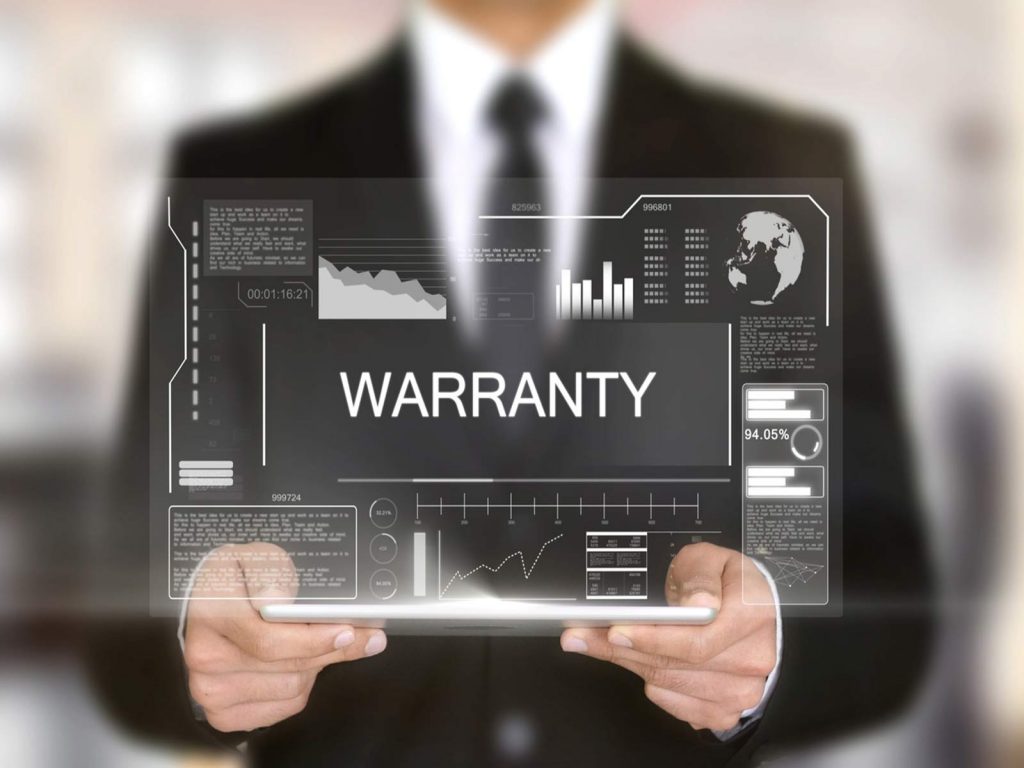Digital electronic weighing scale is a device used to measure mass or weight. It works with the use of a strain gauge load cell. If you see the analog scales, it uses springs to indicate the weight of the object, while digital scales convert the force of a weight to an electric signal
The very basic principle that makes a balance a balance and not a scale is still the same: a counteracting force is created to be compared to the unknown mass. The weighing pan is attached to an electromagnetic coil, through which electric current is flowing. The coil floats in a magnetic field created by an amplifie
Weighing scales and balances measure weight by measuring the amount of force exerted on the load cell. They then convert that result to mass and display it in various units of mass. If they didn’t convert it to kilos or pounds, the result would be measured in Newtons. Scales give different results based on gravity.
Calibration is the process of testing the scale, to ensure the level of accuracy you require. In a laboratory setting, where results are dependent upon exact weights, scale calibration is of particular importance. An inaccurate scale could significantly hurt your business.
Some manufacturers direct in their operating manual to weigh minimum 1.0 mg on balance having 0.01 mg least count i.e. least count X 100. But the thumb rule followed in pharmaceutical industries for lower limit is least count X 50 and the upper limit is 80% of the capacity of the balance.
Quality calibration is a process that ensures consistent evaluation of customer interactions and coaching practices across the entire department
External calibration requires optimal settings and proper care of both balance and weights. It’s quick and easy, but requires diligence to maintain optimal calibration. Internal calibration is more suitable if conditions vary, or if circumstances prevent frequent manual calibration.
The digital mass balances in the General Chemistry labs are very sensitive instruments used for weighing substances to the milligram (0.001 g) level. Please treat them with care. Use containers when weighing chemicals and always weigh objects at room temperature.
Electronic precision balances offer a wide range of weighing capacities, with maximum capacities up to 64 kg. They allow readability in the range of 1 mg (0.001 g) to 1 g, or 0-3 decimal places.
For working with electronic balance, the test load is equal to one third of the maximum load balance, its error is equal to the value for each point in the four corners and center of the difference between the value of the largest.
Sensitivity of a balance. A balance is said to be sensitive when it can register small differences in weight. The balance beam is most sensitive when its center of gravity lies slightly below its rotation axis.
Internal calibration is a process that uses the balance’s inner mechanism to self-calibrate. This is usually accomplished through menus using the balance’s display and keypad. This option adds cost to the balance price, but users don’t need to buy a full calibration set to calibrate the balance
Different Types of Calibration
- Pressure Calibration…
- Temperature Calibration…
- Flow Calibration…
- Pipette Calibration…
- Electrical calibration…
- Mechanical calibration…









